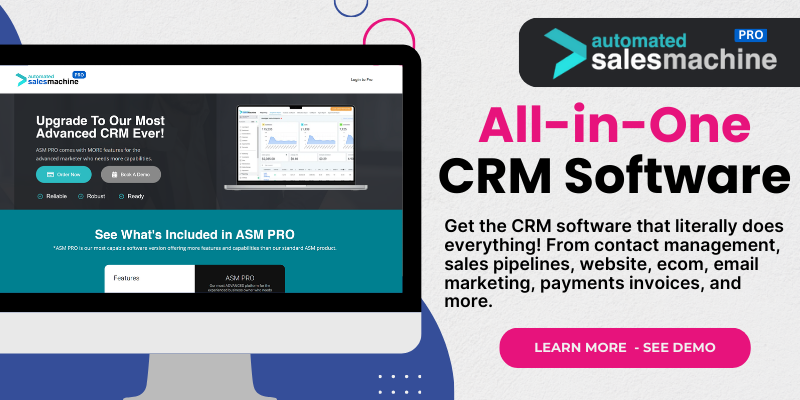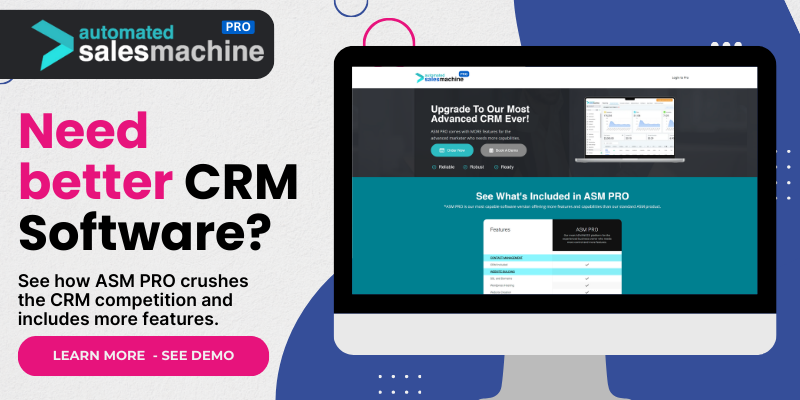Understand Your Audience
Research and Segment Your Contacts
One of the first steps I always emphasize is the importance of knowing who you’re talking to. The better you understand your audience, the more effective your email sequences will be. This means digging deep into your CRM to research your contacts. Look at demographics, past interactions, and even feedback they’ve provided.
Segmenting your audience is equally crucial. Create different lists based on interests or behaviors. Doing this not only helps tailor your messages but also boosts engagement rates. For instance, if you know some of your contacts are interested in product A while others prefer product B, you can craft messages that speak directly to those interests.
Trust me, when you send the right message to the right audience, you’ll see your open and click rates soar. It’s all about connecting on a personal level.
Craft Compelling Subject Lines
Make Them Relevant and Engaging
Your subject line is your first chance to grab attention, so make it count! I personally like to keep mine short, sweet, and intriguing. Avoid vague terms that might leave your recipient scratching their head.
Adding a personal touch can also work wonders. Use the recipient’s name or reference their previous interactions with your brand. Believe me, this makes them feel seen and valued.
Lastly, try A/B testing different subject lines to see which resonates the most. It’s like testing the waters to figure out what hooks your audience. You’d be surprised at the difference a small tweak can make!
Automate, But Don’t Lose the Human Touch
Use Automation Smartly
Automation is a beautiful thing, but it can also lead to a robotic feel if you’re not careful. I’ve learned that it’s vital to find a balance where your emails feel automated yet still personal. Using your CRM to set up sequences can save tons of time, but make sure you’re still creating genuine, relatable content.
Every piece of communication should feel like it’s coming from a friend rather than a faceless company. This means using a conversational tone and inviting language. Avoid jargon and formalities—be approachable!
Lastly, always monitor your automated responses. If a customer engages, let that human interaction kick in. That’s when the magic happens, and you can build a loyal relationship.
Test and Optimize Regularly
Analyze Your Metrics
Regular testing and optimization shouldn’t feel like a chore; it should be part of your process. I always check my open rates, click rates, and conversion metrics to understand what’s working and what isn’t. This step is crucial for continuous improvement.
Don’t be afraid to repurpose successful content! If a particular email got great engagement, consider tweaking the message or refreshing it for a new audience. That way, you can continually offer value with proven content.
Finally, use feedback from your audience to keep refining your approach. If people suggest changes or new topics, take it seriously! Your audience knows what they want—listen to them!
Integrate with Other Channels
Create a Unified Experience
Your email marketing should never exist in a bubble. Integrating email with social media, webinars, and other channels creates a seamless experience for your audience. I’ve found that combining touchpoints can strengthen your messaging and reach.
For example, if you’re launching a new product, consider using a combination of emails and social media ads. Cross-promoting means that you’re hitting your audience from multiple angles, which is a surefire way to improve engagement.
Also, don’t forget to remind your audience about your email campaigns through other channels. Posting snippets or teasers about what’s landing in their inbox can spice things up and keep your brand top of mind!
Maintain a Consistent Schedule
Set Expectations for Your Audience
Lastly, consistency is key. If you want your audience to engage, you have to show up regularly. I recommend establishing a schedule for your email sequences. Whether it’s weekly, bi-weekly, or monthly, find a rhythm that works for your audience’s preferences.
When you maintain consistency, you create expectations, and that can empower your audience to look forward to your emails! It’s like a reliable friend that always has something interesting to say.
Remember, though, to keep your content fresh. Even if you stick to a schedule, make sure you vary your topics and formats. This keeps your audience engaged and prevents your emails from feeling repetitive.
Frequently Asked Questions
1. Why is audience understanding important for email automation?
Understanding your audience helps you tailor your messages to be more relevant and engaging. This leads to higher open and click rates.
2. How can I write better subject lines for my emails?
Focus on being concise, relevant, and engaging. Personalizing subject lines can also increase their effectiveness.
3. What’s the right balance between automation and personal touch?
While automation is a great time-saver, make sure to keep your emails human-centered and relatable. Regularly check on responses to ensure engagement.
4. How often should I test my email campaigns?
Regularly! I suggest analyzing metrics after every significant campaign and using that data to optimize continuously.
5. Why should I integrate email with other marketing channels?
Integration creates a unified experience for your audience, reinforcing your message and increasing engagement across different platforms.

